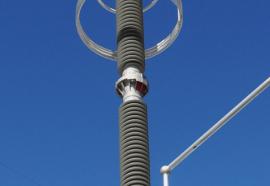Strategic Segmentation
Understanding consumers’ likelihood of engaging in smart energy behaviors.
Different customers have different wants and needs, and customer segmentation strategies can help utilities understand those differences. But what’s the best way to define customer classes? And what strategies will be most successful in reaching those customers and serving them?










